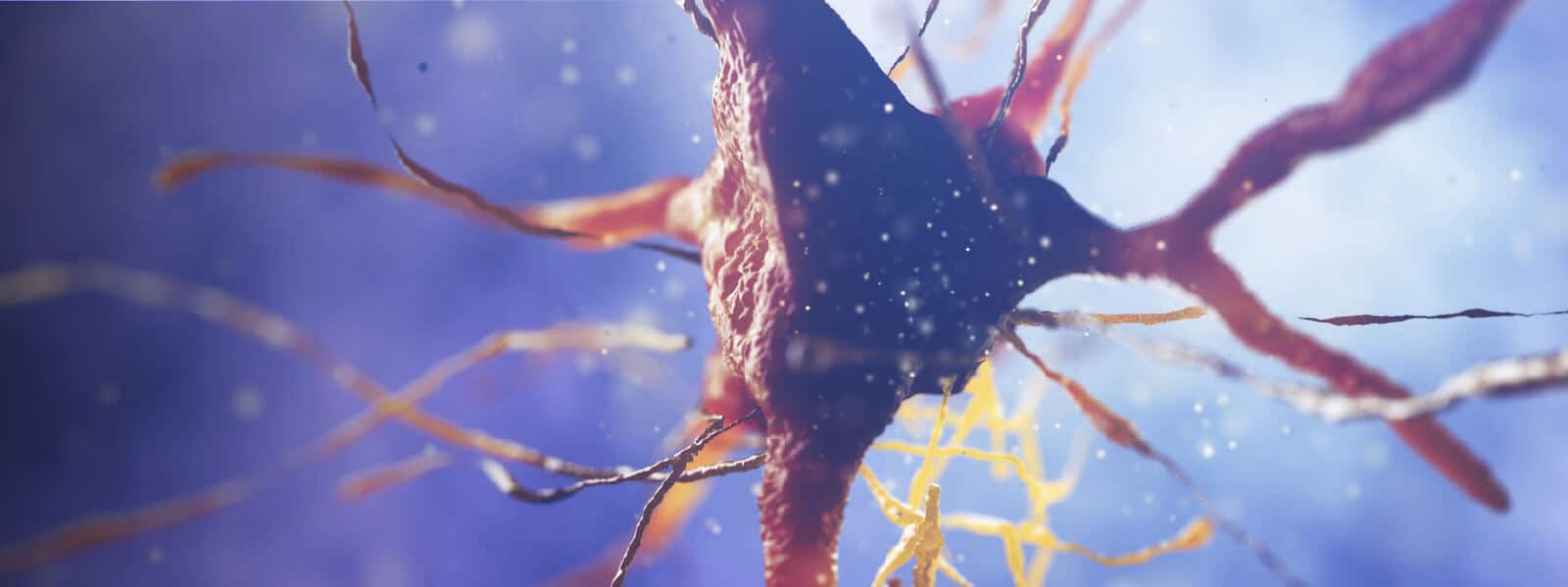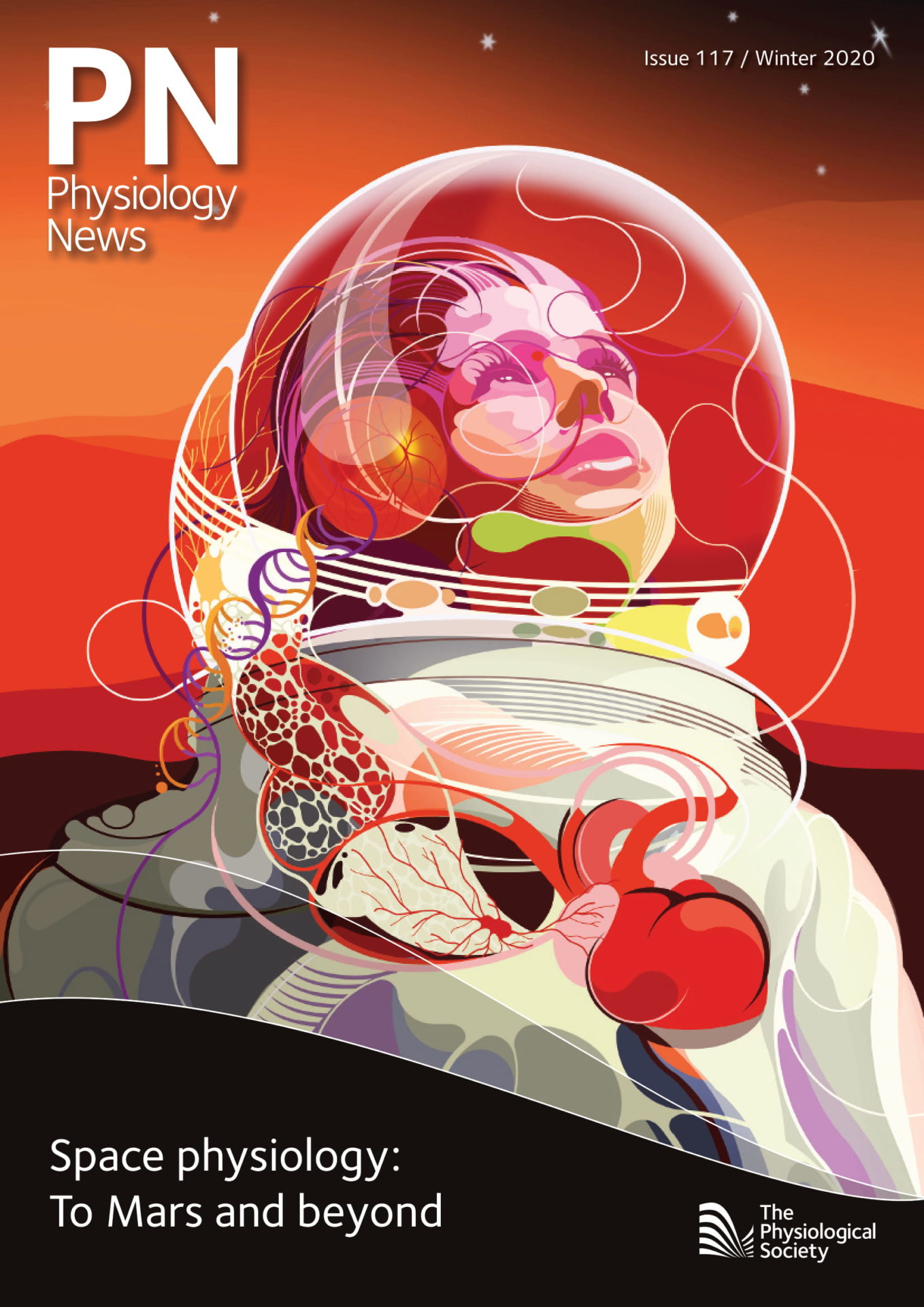
Physiology News Magazine
Looking on back on a great year
News and Views
Looking on back on a great year
News and Views
Bridget Lumb
President, The Physiological Society
https://doi.org/10.36866/pn.117.6
The beauty of the discipline of physiology is the breadth it covers, uniting researchers in diverse subject areas to solve crucial issues about the health of everyone inhabiting our planet. This diversity means it is relevant for all ages – cradle to grave, from school-children fascinated by what happens to our bodies when we travel to space, through to grandparents benefiting from government policies that harness physiological research on healthy ageing. This year at The Physiological Society, we have leveraged this diversity, while also recognising the importance of supporting the communities within the broad umbrella of physiology.
Our events
In March we held the Life Sciences 2019 conference in collaboration with the British Pharmacological Society and the Biochemical Society, bringing scientists together around the subject of post-translational modifications (PTMs). As PTMs have implications throughout the body – such as in neuronal signalling, cardiac function, circadian rhythms, and diseases including cancer and psychiatric disorders – this was an opportunity for networking across the life sciences and learning from research areas adjacent to participant’s own.
Our Annual Conference, Physiology 2019, held in July in the welcoming city of Aberdeen was a fantastic showcase for the quality and breadth of physiology being undertaken by the membership and colleagues. The buzz was palpable throughout the meeting, with plenary and keynote lectures covering diverse aspects of physiology, as well as standing room only professional development sessions. You could say that the ceilidh at the conference dinner served as an extended networking session, with researchers of all career stages swinging each other around the dance floor.
Our focused conference of the year, Extreme Environmental Physiology, was held at the beginning of September in Portsmouth and could not have come at a better time, with the world finally seeming to grasp the urgency of fighting climate change. With sessions on cold, heat, hypo- and hyperbaric physiology, micro-gravity and cross-adaptation, as well as each session including physiology, pathophysiology and comparative physiology, this conference brought together internationally renowned speakers, new researchers, comparative biologists and physicians and highlighted the importance of integrated physiology.
To close the year, our conference geared towards early career physiologists, Future Physiology, was held for the second time, this year at Liverpool John Moores University in December. This conference gave early career researchers the chance to organise a stimulating two-day scientific meeting featuring their peers, as well as more senior scientists. This year’s chosen topic was “Translating Cellular Mechanisms into Lifelong Health Strategies”. Speakers gave insight into their current work and shared information on their career path to inspire the early career physiologists present. By encouraging physiologists to collaborate with clinicians and policymakers, the conference also helped to further the cause of healthy ageing.
As part of our aim to share physiology more widely, we hosted NASA astronaut and physiologist Jim Pawelczyk for our President’s Lecture in July. This public engagement event held at the prestigious Royal Institution also included a range of outreach activities that showcased space physiology and were delivered by our Members. Read more about Jim and his career on page 10.
Shaping policy
As the topic of Future Physiology illustrated, the impact of physiological research reaches well outside the laboratory. The policy work of The Society leverages this broad impact of physiology, as illustrated by two of our main projects this year.
The first of our policy projects, entitled “Sport & Exercise Science Education: Impact on the UK Economy”, was a joint commission with GuildHE, the UK’s registered body for smaller and specialist universities and colleges. The report found that Sport and Exercise Science (SES) courses provide enormous contributions to the UK economy – to the tune of almost £4 billion every year, supporting almost 150,000 jobs. Research undertaken in SES departments helps tackle global health challenges, such as obesity, diabetes, cancer and depression. As The Physiological Society, we must do more to share these insights within our universities and with the public as a whole. As The Physiological Society’s membership continues to grow and expand, Sport and Exercise scientists will play an important role as we seek to reflect the impact of their physiological research.
Our other key policy project focused on the topic of healthy ageing, which was identified by The Society as an area of public policy which would benefit from increased involvement from The Society and its Members’ research. The aim of this project was to identify ways in which physiology can support the UK Government’s Healthy Ageing Grand Challenge target of an average of “five healthier, more independent years by 2035”. The final report Growing Older, Better covers four main themes: the variety of physiological research currently being undertaken into ageing, the funding landscape for physiology, the importance of interdisciplinary working to improve our understanding of healthy ageing and how to best integrate current physiological understanding into public health guidance. The report has been designed to be relevant to a number of different audiences, with a particular focus on funders and policymakers.
Building our community
In 2019 we sought to shine a spotlight on the importance of the individual communities within our broad discipline. We re-launched our Themes to provide a focal point for these communities and encourage support and interactions. Our Themes are Cardiac and Vascular Physiology, Epithelia and Membrane Transport, Human Environmental and Exercise Physiology, Endocrinology, Metabolic Physiology, Neuroscience, and Education and Teaching. Each of these Themes is associated with a number of Specialities, and there is a matrix on our website physoc.org/themes that clearly explains how these two groupings work together to provide flexibility. We have a fantastic group of Theme Leads, who are your point of contact, and also help us plan for the best scientific content, tailored to the Themes, at our upcoming events. Members who have signed up to Themes will have received dedicated newsletters from their Theme Leads.
Governance structure
In July of this year, we launched our new governance structure, designed to improve how The Society operates and, importantly, to establish structures that have the potential to increase inclusivity and Member participation. We have created a clear, modern and legally compliant set of governing documents that reflect best practice. Our new Articles of Association improve our transparency and enable us to become more inclusive. We believe these Articles, and the supporting Regulations, will best serve The Society and our Members to deliver on our vision of Physiology Flourishing. Trustees presented these new Articles to Members for approval at a General Meeting in December, and were officially approved in January.
New website launched
We were excited to launch our newly designed website in June. Not only does it deliver on visual appeal and act as our “window on the world”, it also allows Members to easily find the content they are looking for. We have a brand new careers section highlighting the exciting and varied career options in physiology, as well as directory of Society Representatives with which members can search for the Representative at their relevant institution.
Diversity
The Diversity Special Issue of Physiology News, published in July, focused on the immutable characteristics of sex/gender, ethnicity/race, age, disability and LGBTQI+ within the STEM community. By featuring articles on a broad mix of science and the experiences of scientists/educators/students, as well as covering issues and policy around diversity and inclusion in STEM, we hoped this issue would allow everyone to feel part of the conversation by either relating to some of the experiences of the authors or by stepping outside of comfort zones to confront our own actions and those of our colleagues and institutes. In the combined years of our Editorial Board, never has there been a topic that elicited so much audience engagement, so we have since been continuing to commission content on this topic for our Members and wider audiences on our blog.
In the year ahead we look forward to strengthening our community of Members. From Europhysiology 2020 in Berlin in September, which will bring together the global physiology community, to our policy plan to build on the Growing Older, Better report, we are on track for yet another successful year. We hope you will join us as The Society seeks to deliver our vision of “physiology flourishing”.
Check out the space physiology career resources on our website: physoc.org/spacephysiology
